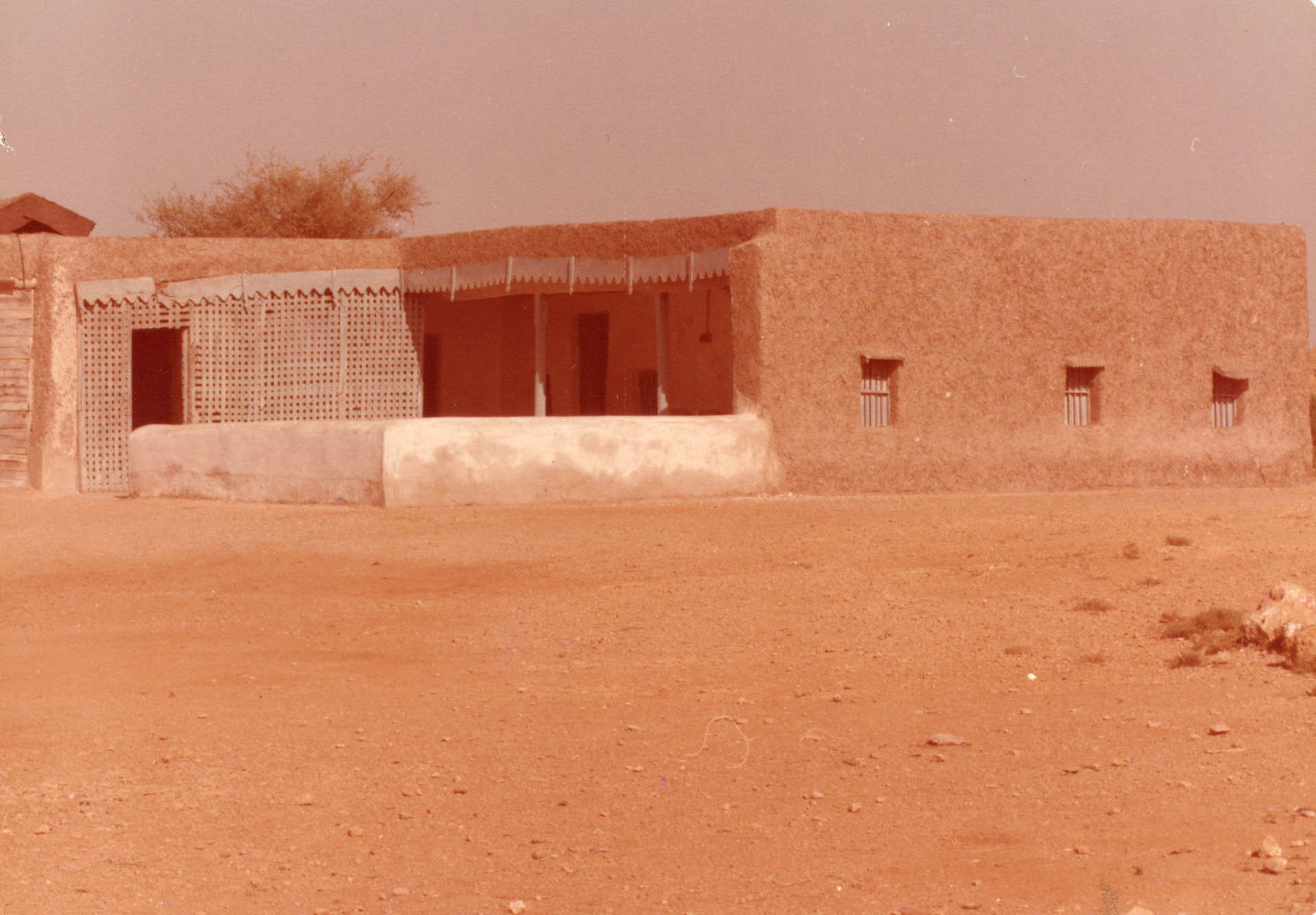Introducing the Zahoor ul Akhlaq Archive

Co-presented by Asia Art Archive and Hauser & Wirth Institute, this event brings together two art historians whose research HWI funded to explore the archive of Zahoor ul Akhlaq (1941–99), one of the most influential artists and art educators in Pakistan. Born in Delhi, Akhlaq migrated to Karachi as a child, then attended the National College of Arts in Lahore, where he studied with pioneering artist and educator Shakir Ali. He received postgraduate degrees in printmaking from Hornsey College of Art (1966–67) and Royal College of Art (1968–69) in London, and later studied at Yale University (1987–89). Comprising photographic materials, writings, correspondence, sketchbooks, and drawings, Akhlaq’s archive traces the artist’s development from his student years to his subsequent role as a teacher and administrator, showcasing how he combined modernist abstraction with traditions of calligraphy and miniature painting.
Titled “Cross Section: Public Sculptures of Zahoor ul Akhlaq,” Dr Samina Iqbal’s presentation investigates how the artist balanced his own aesthetic reflections with patrons’ demands and public reception when developing public sculptures. Focusing on five works displayed in various cities in Pakistan, Iqbal discusses how Akhlaq conveyed his artistic vision through public projects, and how reception to public artworks change over time within dynamic sociopolitical environments. The presentation highlights Crescent Star at the National Sports and Cultural Complex (Islamabad, 1976); the monument at Tarbela Dam (Haripur, 1983); the sculpture at Indus Valley School of Art and Architecture (Karachi, 1992); Fasting Buddha at the National College of Arts, Lahore (1996); and Fish at the Pakistan Maritime Museum (Karachi, 1997).
Dr Simone Wille’s presentation, “Mobilities, Forms, and Geographies: From the Photographic Archive of Zahoor ul Akhlaq,” draws on the artist’s extensive archive of images, establishing an understanding of the geographies Akhlaq visited and captured while travelling. The presentation shows how a series of images in the photo archive – of landscapes, architecture, objects, and their details – contributed to his artistic work. Wille discusses how Akhlaq’s formal artistic language, together with his itinerant practice, inform his positioning in the global art world.
Free and open to the public with registration.
Dr Samina Iqbal is an artist, art historian, curator, and academic. Her research spans South Asian modern and contemporary art, examining the respective, open ended, and dialectical tensions between international, national, and local stylistic concerns of the region—a parallel dialogue to the Western canon. Iqbal has been an independent researcher with Asia Art Archive since 2016 and has led major projects digitising the archives of Salima Hashmi and Zahoor ul Akhlaq. She taught studio arts and art history courses at various universities in Pakistan and the USA, including Virginia Commonwealth University, Appalachian State University, and Beaconhouse National University. She is currently Associate Professor in the Department of Media Studies, Art, and Design at the Lahore School of Economics.
Dr Simone Wille is Elise Richter Fellow at the Institute of Art History, University of Innsbruck. She currently directs the research project South Asia in Central Europe: The Mobility of Artists and Art Works between 1947 and 1989 (FWF V880-G). Her research focuses on artistic and cultural mobility between the regions of South/West Asia and East/Central/Southeast Europe in the modern era. Wille’s publications include Modern Art in Pakistan: History, Tradition, Place (New Delhi: Routledge, 2015), and the co-edited volume, Collecting Asian Art: Cultural Politics and Transregional Networks in Twentieth-Century Central Europe (Leuven: Leuven University Press, 2024).
Moderator: Sneha Ragavan, Asia Art Archive in India
Digitization and processing of the Zahoor ul Akhlaq Archive was made possible with the support of the Hauser & Wirth Institute.